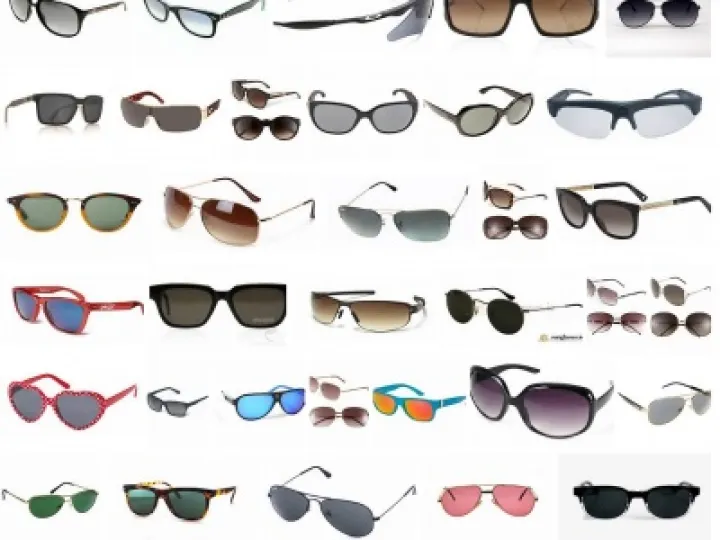Choosing the best sunglasses
Picking a pair of shades
OK, so you want a new pair of sunglasses, and you like to look cool. But there is more to choosing sunglasses than opting for the latest trend. Many other factors are worth considering when picking a new pair of sunglasses.
Protection from the sun is, of course, a given when choosing new shades. However, few people understand the full effects of harmful ultraviolet (UV) rays, the varied impact of sunglass tints and why some sunglasses are cheap and others seem expensive.
Things to consider in choosing a pair of sunglasses vary from the personal – your face shape, skin complexion, and so on – to the practical, like image clarity, robustness, weight and cost.
Consider the lens
The most crucial factor to consider in buying sunglasses is the lenses. These can be composed of Glass, polyurethane, polycarbonate or acrylic. Each has its advantages and drawbacks.
Glass has the best optical clarity and is less likely to get scratched, but it is heavier and pricier than alternatives and is less resistant to impact.
Polyurethane gives high clarity and excellent impact resistance. It's light and flexible but also the most expensive, especially if it has extra coated layers.
Polycarbonate also scores well on impact resistance and is lightweight, flexible, and cheap, but it scratches more quickly and does not have the clarity of glass or polyurethane.
Acrylic is the most affordable but scores less well on all the other points. It is much less durable, and the sunglasses may have some image distortion.
Tints make all the difference
Whatever type of lens you choose will undoubtedly come with some colour tinting, and each type has its strengths and weaknesses. All sunglass lens tints reduce overall brightness and protect the eyes from glare, but they will differ in colour, contrast and depth of field vision.
Colour-neutral tints like grey and green lenses filter light across the spectrum. Yellow and amber lenses are best in low-level white light and offer good depth perception, ideal for a skiing holiday.
Drivers should choose red or rose-tinted sunglasses as these work best in low light conditions while providing a good depth of field.
Mirror lenses may look stylish, but they mainly reduce glare by reflecting much of the light away from the eye, reducing clarity. Images will appear much darker than they are.
Eyewear for all seasons
It is an excellent idea to have different sunglasses for different seasons of the year. In the summer, when the sun is bright, a darker shade will reduce glare, while in the winter, lighter lens shades will improve visibility in low levels of sunlight.
Sunglasses can come with several coating layers; the more expensive they are, the higher the number of coatings they are likely to have. Coatings on sunglasses can help repel water, reduce scratching and prevent misting.
Lenses are usually made using one of two methods. Injection offers greater optical clarity, but it comes at a price. Cheaper lenses are bent into shape. Expensive high-end sunglasses use a long process to achieve higher optical clarity.
Polarised lenses
Polarised lenses are great for those who don't like glare or if you enjoy water sports. Special filters in polarised sunglasses block out horizontal light waves but let vertical waves through, substantially reducing glare without loss of clarity, especially from large, flat surfaces such as lakes or seas. Again, you get what you pay for.
Cheaper sunglasses have a polarising filter applied as an external film coating, while more expensive models sandwich the polarising layer inside the lens with adhesive. The latest technology allows the polarising filter to be bonded with the lens. At the same time, it is still in liquid form, so there is no need for adhesives that can affect the optical quality.
Check all the labels
Always look at the label. UV protection information should be printed on the tag or sticker; if missing, put it back on the rack. Beware heavily tinted sunglasses with limited UV protection; they can do more harm than good.
More on choosing glasses
UV shades are good for you
Glasses that fit your face
Glasses for sportswear


